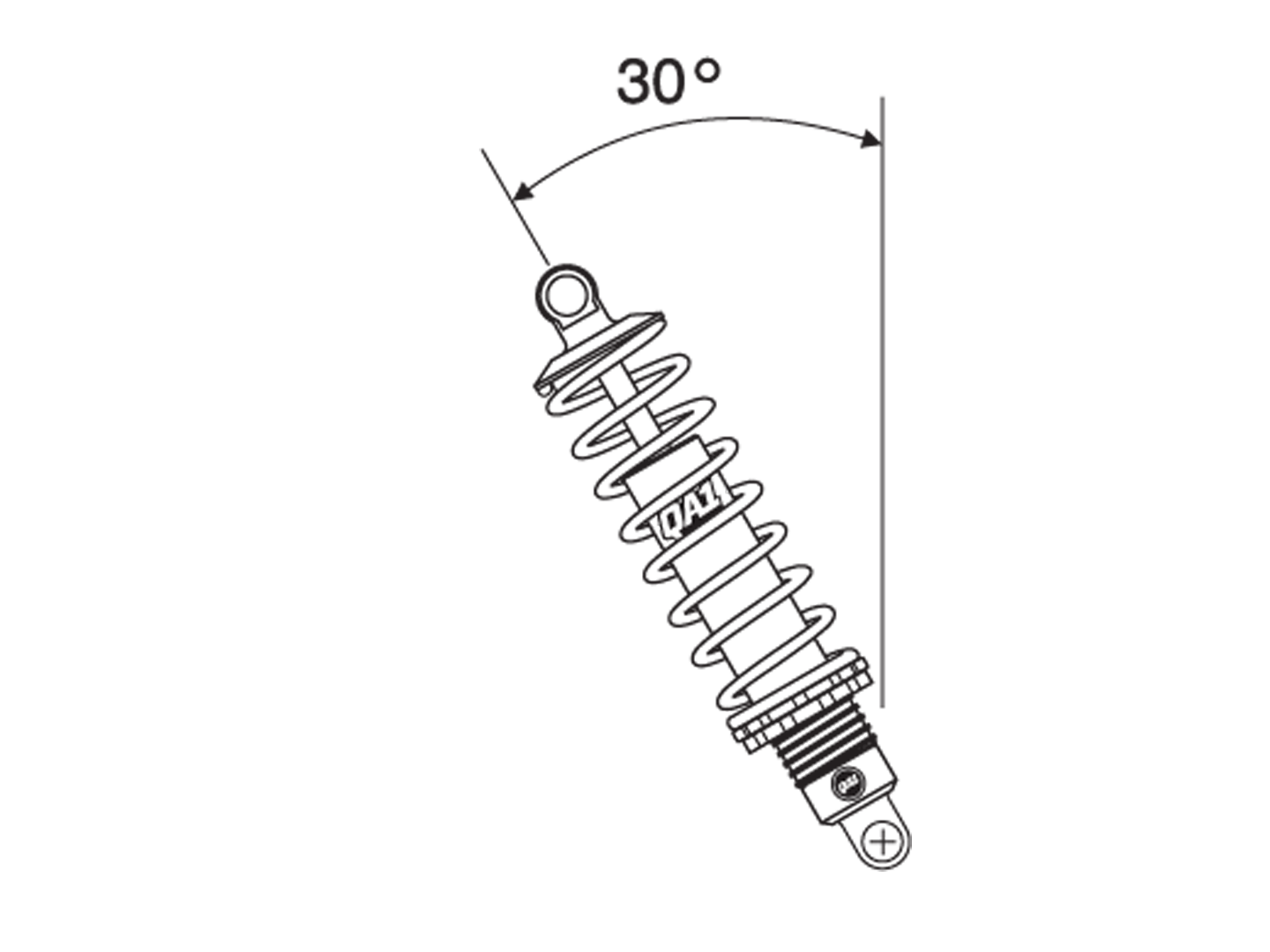I am a bit stuck here.
My B type chassis has the Jaguar IRS quad shock, spring setup.
I have no droop at all, It just sits fully extended. Driving the GT feels its way to stiff also as it seems the springs wont compress at bumps.,
jacking up the car or me just standing on top doesn't make a difference.
Removing 1 shock, each side lowers the car by 3/4 in
I can not find true date about spring rates used on the Jaguar XJ6 & 12 from the '70s - '80s. Not even my local Jaguar specialist can suply the data as Jaguar seems to lost them in the '80s.
I like to see a 1 3/16 droop to get the ride height correct and give me some rebound space.
This calculator with my weights and geometric numbers - https://www.hypercoils.com/spring-rate-calculator/ -calculates I need 280lb springs per side, so thats in a quadruple setup 140lb / spring.
I like to see some numbers used on a Rover V8 powered GT40 to verifie before I start buying stuff.


My B type chassis has the Jaguar IRS quad shock, spring setup.
I have no droop at all, It just sits fully extended. Driving the GT feels its way to stiff also as it seems the springs wont compress at bumps.,
jacking up the car or me just standing on top doesn't make a difference.
Removing 1 shock, each side lowers the car by 3/4 in
I can not find true date about spring rates used on the Jaguar XJ6 & 12 from the '70s - '80s. Not even my local Jaguar specialist can suply the data as Jaguar seems to lost them in the '80s.
I like to see a 1 3/16 droop to get the ride height correct and give me some rebound space.
This calculator with my weights and geometric numbers - https://www.hypercoils.com/spring-rate-calculator/ -calculates I need 280lb springs per side, so thats in a quadruple setup 140lb / spring.
I like to see some numbers used on a Rover V8 powered GT40 to verifie before I start buying stuff.



